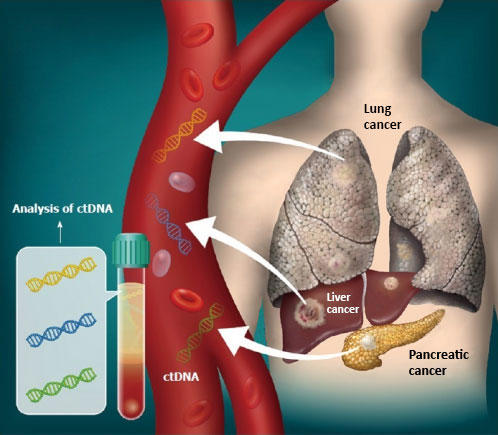Published in Clinical Cancer Research, a journal of the American Association for Cancer Research (AACR), results of a VHIO-led study underscore the potential of the RAD51 biomarker in tailoring treatment strategies in patients with early breast cancer.
"A key objective of research focused on early-stage breast cancer is to identify biomarkers that can select patients who might benefit from less aggressive treatments than chemotherapy and personalize therapeutic strategies," said Violeta Serra, Head of VHIO's Experimental Therapeutics Group and corresponding author of this study.
Developed in-house by Serra's laboratory, a test based on the detection of the RAD51 protein as a functional biomarker of homologous recombination repair (HRR) is currently being validated in the stratification of patients with cancer associated with deficiency in this DNA damage repair (DDR) pathway.
The investigators evaluated the feasibility and capacity of the RAD51 test to predict which patients with early-stage breast cancer might respond to neoadjuvant therapy. In collaboration with the German Breast Group (GBG), they analyzed tumor samples from the randomized GeparOla clinical trial that compared pathological complete response (pCR) rates with neoadjuvant therapy with PARP inhibitor olaparib versus treatment with carboplatin chemotherapy.
"The GeparOla trial included patients with early HER2-negative breast cancer who had homologous recombination deficiency, HRD. In this post hoc analysis, we evaluated if the RAD51 test could identify patients with different responses to neoadjuvant therapy in this pre-selected patient population," said Guillermo Villacampa, Head of VHIO's Biostatistics Group and co-first author of this present study.
"Of the 90 samples evaluable for RAD51 testing, 80% presented RAD51 protein levels correlating with functional HRD. The pCR rate in patients treated with the PARP inhibitor who had HRD by RAD51 was 66.7%. This decreased to 22.2% in patients without HRD by RAD51. The multivariable analysis, including clinicopathological factors, presence of tumor-infiltrating lymphocytes, and type of treatment, demonstrated that RAD51 maintained its prognostic capacity by showing a statistically significant association with pCR," added Villacampa.
"These findings support the potential of the RAD51 test in tailoring treatment strategies in early-stage breast cancer," said Violeta Serra. "Future biomarker-driven studies, such as the RADIOLA study led by SOLTI which has been designed to validate RAD51 in advanced breast cancer, results of which are expected later this year, should consider this present data to refine stratification factors and improve patient selection," concluded Judith Balmaña, Head of VHIO's Hereditary Cancer Genetics Group and a co-author of this present study.
This work received funding from ERA-NET Cofund (Era PerMed), Instituto de Salud Carlos III (ISCIII), and co-funded by the European Union and the Asociación Española Contra el Cáncer (AECC).






